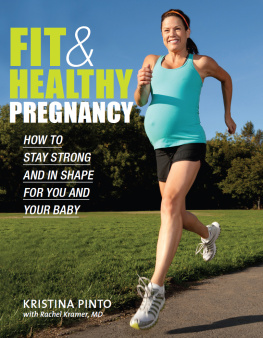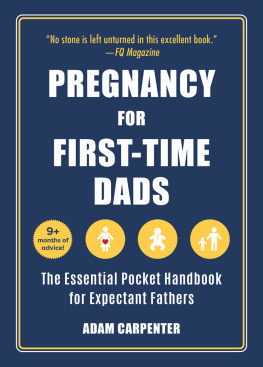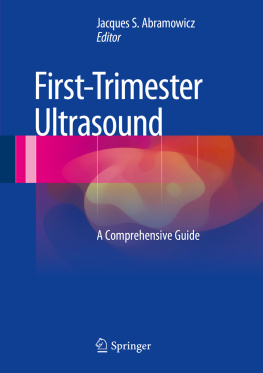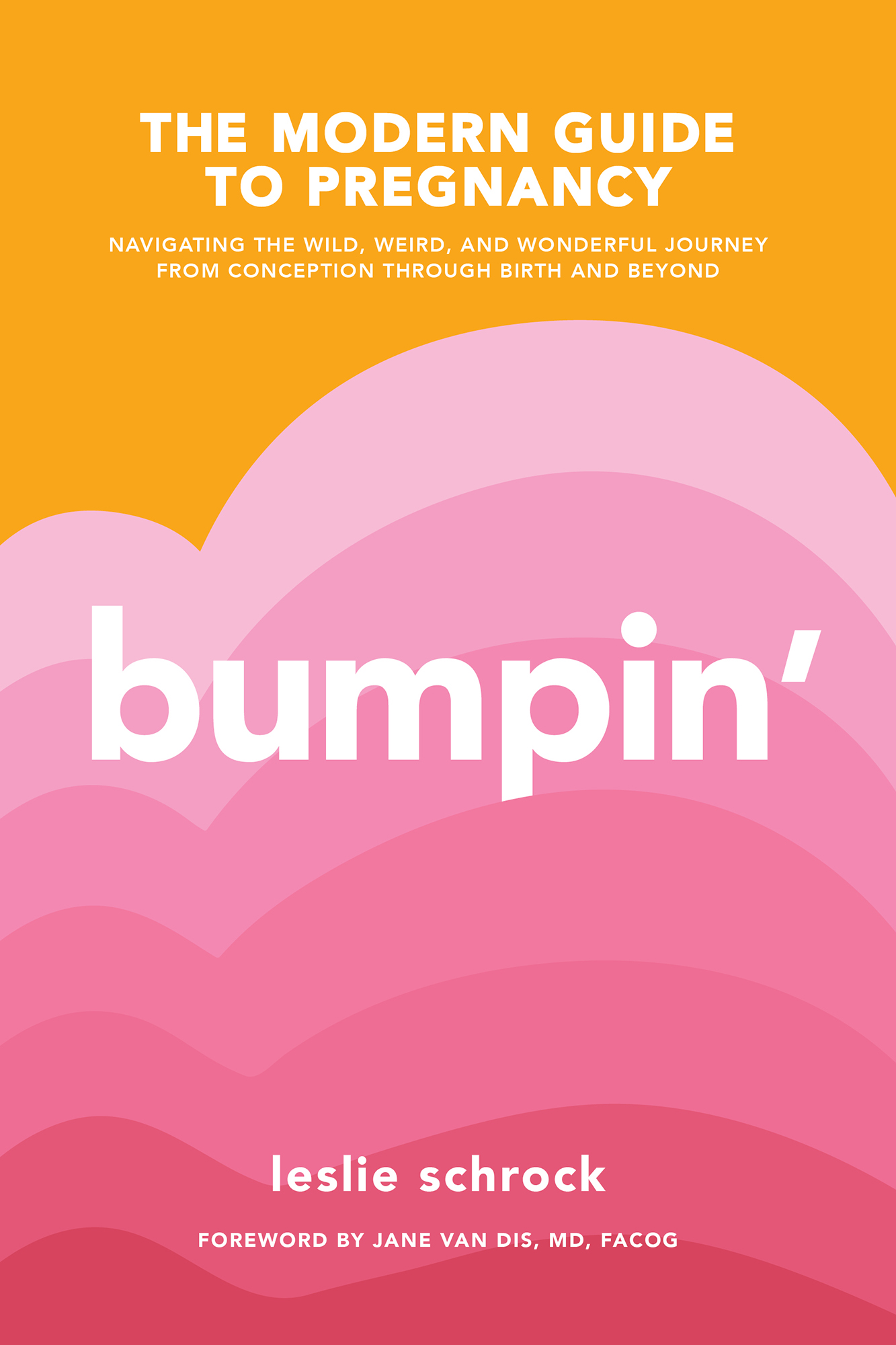Contents
Guide

Tiller Press
An Imprint of Simon & Schuster, Inc.
1230 Avenue of the Americas
New York, NY 10020
www.SimonandSchuster.com
Copyright 2019 by Leslie Schrock
All rights reserved, including the right to reproduce this book or portions thereof in any form whatsoever. For information, address Simon & Schuster Subsidiary Rights Department, 1230 Avenue of the Americas, New York, NY 10020.
First Tiller Press trade paperback edition December 2019
TILLER PRESS and colophon are trademarks of Simon & Schuster, Inc.
This publication contains the opinions and ideas of its author. It is intended to provide helpful and informative material on the subjects addressed in the publication. It is sold with the understanding that the author and publisher are not engaged in rendering medical, health, or any other kind of personal professional services in the book. The reader should consult his or her medical, health or other competent professional before adopting any of the suggestions in this book or drawing inferences from it. The author and publisher specifically disclaim all responsibility for any liability, loss or risk, personal or otherwise, which is incurred as a consequence, directly or indirectly, of the use and application of any of the contents of this book.
For information about special discounts for bulk purchases, please contact Simon & Schuster Special Sales at 1-866-506-1949 or .
The Simon & Schuster Speakers Bureau can bring authors to your live event. For more information or to book an event, contact the Simon & Schuster Speakers Bureau at 1-866-248-3049 or visit our website at www.simonspeakers.com.
Interior design by Jennifer Chung
Cover design by Patrick Sullivan
Cover art by Shutterstock
Author photograph by Karen Santos
Library of Congress Control Number: 2019947486
ISBN 978-1-9821-3044-2
ISBN 978-1-9821-3045-9 (ebook)
To Mr. Babyyou were worth the wait
And to Nick, who was by my side through it all
Its no use going back to yesterday, because I was a different person then.
Lewis Carroll, Alices Adventures in Wonderland
FOREWORD
O bstetrics is daunting. Unlike other medical specialties, there are two patientstwo hearts asynchronously beating and two sets of expectations, both fragile and intertwined. Not to mention familial and cultural inheritances that often go well beyond those two lives. The practice of obstetrics has evolved more slowly than other fields, for various reasons: the challenges of performing randomized controlled trials on a mother-fetal cohort; the dramatic physiological changes that happen during pregnancy; ethical considerations around safety; fear of the maternal body; and a light sprinkling of misogyny to boot.
Personally, I pursued a career in obstetrics-gynecology because I was fascinated by gynecologic surgery. In a peripatetic turn, I now spend my professional life thinking about how we can improve safety as we deliver complex coordinated care to mothers in Labor and Delivery. As an OB hospitalist, I witness the fruition of months of careful planning, and have come to understand some of the common frustrations and elations of birthing women.
My other job is as medical director for Maven Clinic, a telehealth platform for women and families. I help design and implement care for women across twenty womens health specialties and among sixteen hundred practitioners. In both of these positions, safety, outcomes data, and a multidisciplinary team are essential. As you may know, there are many maternal and neonatal indices which need improvement. Womenand childrendeserve not only better care, but to have gaps in their care closed. Our work is difficult but necessary. And the more good information patients have about their own bodies, the better the outcomes are.
As a practicing ob-gyn, I cannot divorce my mind from the pedagogy of medicinethe manner in which physicians are inculcated, the analysis we perform when confronted with clinical conditions, the hierarchy of our training and practice. But obstetrics is so much more than facts in a medical school textbook. The wisdom that many doctors bring to obstetrics comes from a range of sources: midwives who have shared expertise on maternal positions in labor; maternal-fetal medicine specialists who contextualized complex genetic abnormalities; doulas who demonstrate how to center the pregnant woman in her particular narrative; labor nurses whose wisdom, laughter, advocacy, and sheer tenacity keep us sane day after day. And lets be honest, our own experiencecarrying my twins and becoming a mother certainly taught me a thing or two as well. Obstetrics is a team sport.
In medicine, we contend with physiological limits: blood pressure and heart rates, hormones and neurotransmitters. With the architecture of birth: the bones of the maternal pelvis can expand only so much. With physics: a uterus has only so much power to push the infant out against opposing forces. And with the senses: a maternal body can withstand only a finite amount of pain. With all the technology available to us, we sometimes forget that the process of pregnancy and birth is a mixture of physiology, environment, mostly genetics, and a bit of unexplained randomness. We can treat things like preterm labor and preeclampsia when they occur, but we are less adept at predicting to whom those things will happen, and instead rely on risk factors and demographics. I am consistently surprised that healthy women can sometimes have the most complicated pregnancies, and women with serious risk factors can avoid any complications at all. And of course, I understand that for women, the process of pregnancy and birthunlike almost any other medical conditionisnt about simply avoiding risk. Its about creating a family. Ideally, there is room for both languages to be spoken and heard.
From the patients perspective, the practice of obstetrics may not feel as collaborative as we would like, in part because we dont always do the best job of talking across our respective aisles, but also because there are thousands of information sources for women to turn to today. What I havent seen among these sources is a book that combines the rigor and precision of the best medical literature with the wisdom of specialists from a variety of disciplines, training, and backgroundsand delivers it with the expert reassurance of personal experience. Leslie Schrock, in this book, has done just that not only for the process of pregnancy itself, but fertility, conception, and all things postpartum. Though the task of apprehending good science from pseudoscience is daunting, especially given the overwhelming amount of information online, Leslie understands that we owe it to women and families to try.
As I assisted in the medical editing of this book, I looked to add sources based on the latest research available, knowing that science is iterative, and what holds true today may change in years to come. Having been chair of an OB-GYN department, Im aware that old practices sometimes take too long to die out. I have found that physicians, especially while committed to the scientific method, often bristle at changing their practice. Metrics, protocols, and outcomes data help, but so does humor, humility, and grace.








